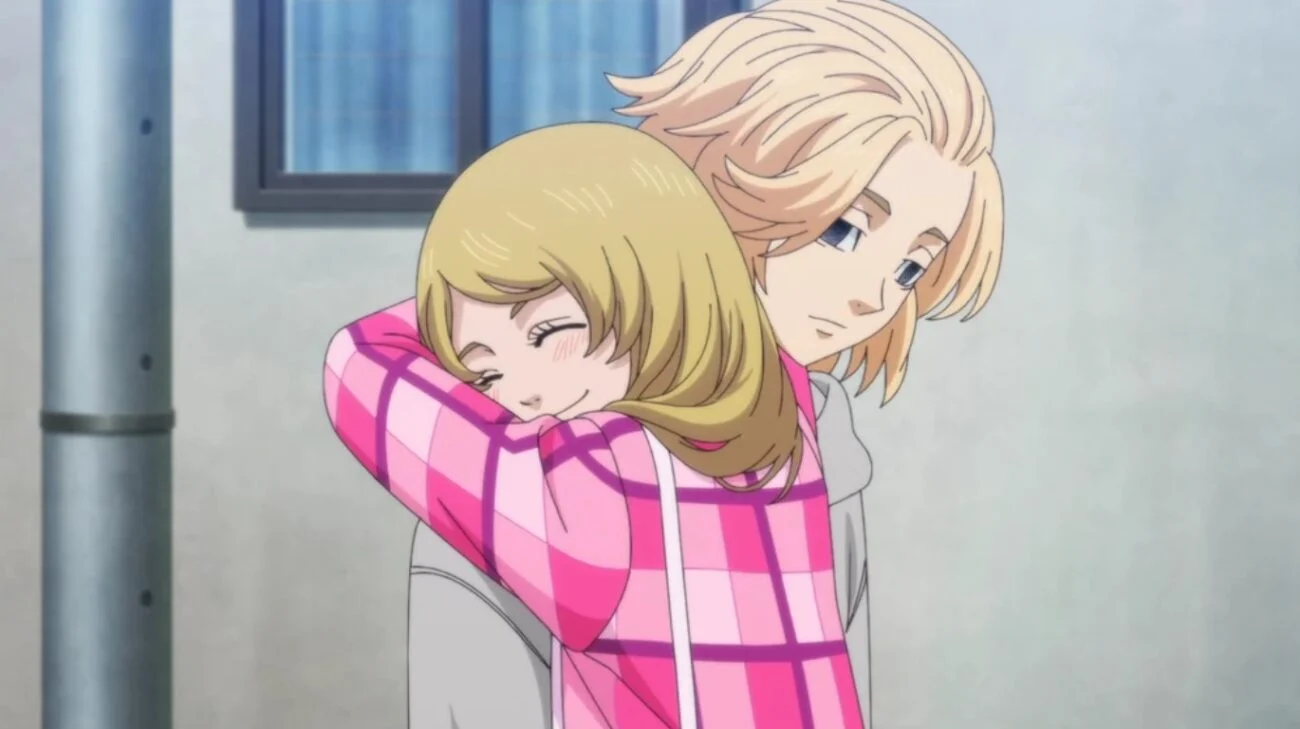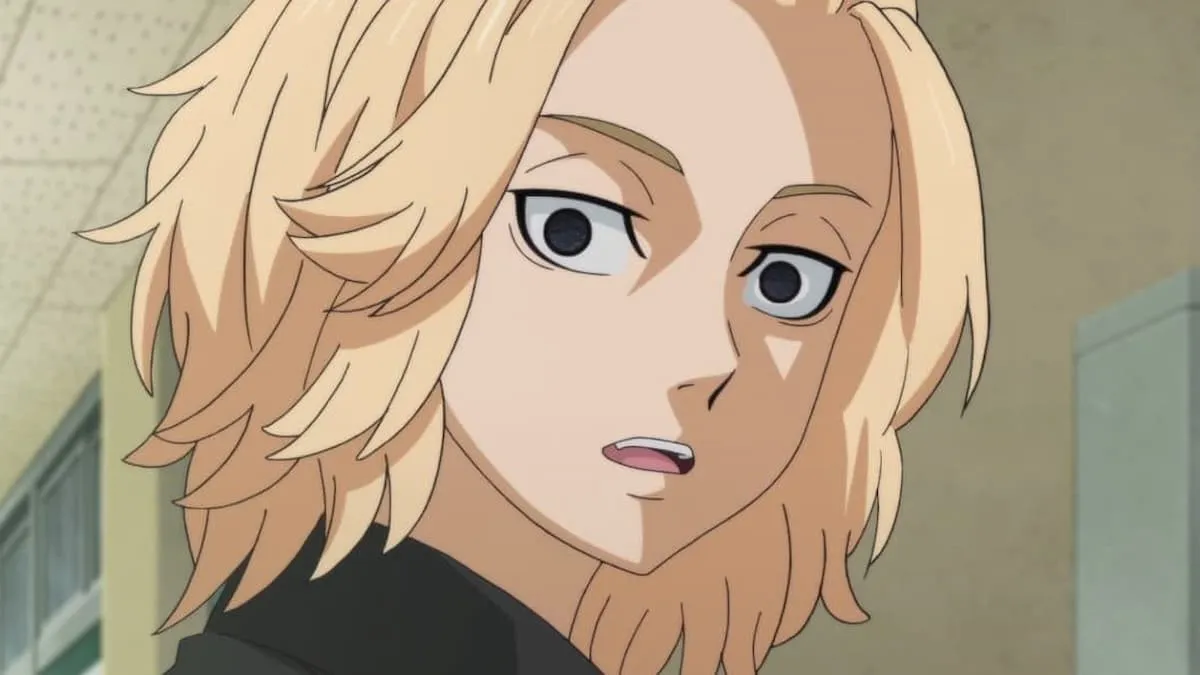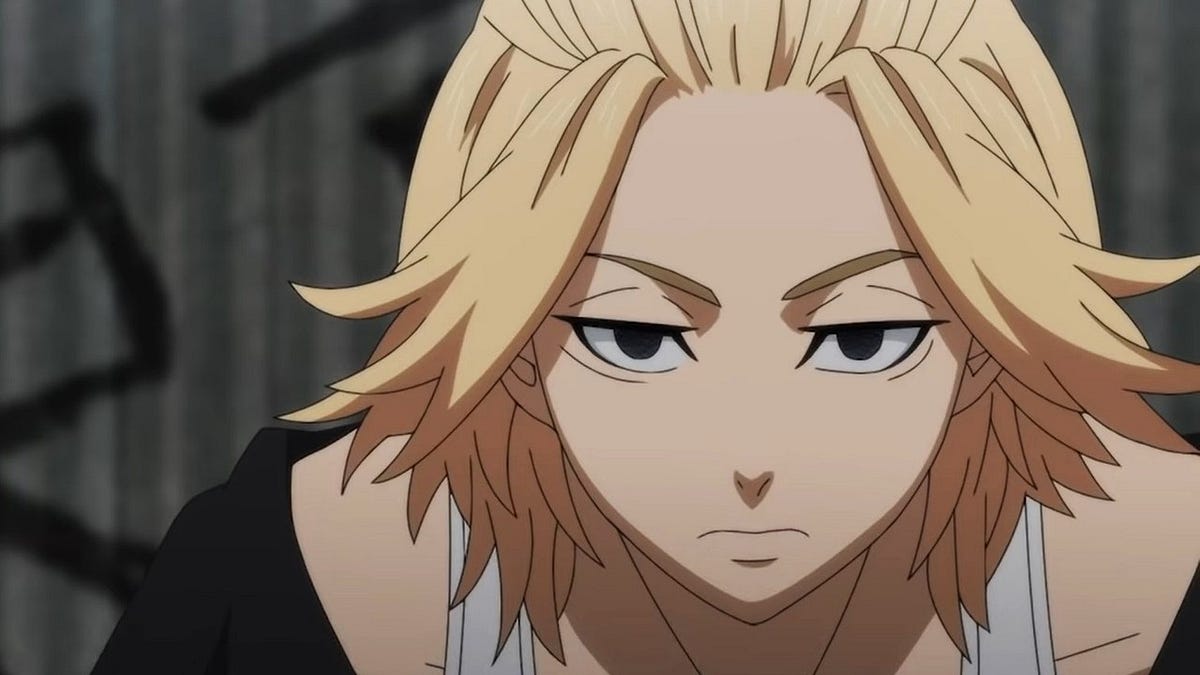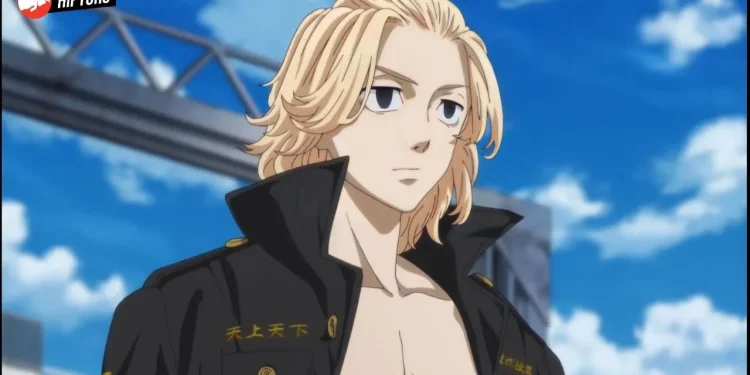Manjiro Sano, also known as Mikey, stands as a complex character in the world of Tokyo Revengers. His journey intertwines violence, leadership, and a deep-rooted past, sparking debates among fans about his true nature. Is he a villain, or is there more to his story than meets the eye?
In Tokyo Revengers, the world of gangs, drama, and time travel collides, bringing forth a narrative rich with complexity and emotion. Created by Ken Wakui, this anime series has garnered a massive following, igniting discussions and fan theories. At the heart of these debates lies Manjiro Sano, also known as Mikey, the formidable leader of the Tokyo Manji Gang. His character, engulfed in violence and authority, has led many to question his role in the story—is he the villain of Tokyo Revengers, or is he a victim of circumstances?
Mikey: A Ruthless Leader or a Tortured Soul?
Mikey’s portrayal in various timelines of Tokyo Revengers paints a picture of a violent and commanding leader. His involvement in brutal brawls and his instructions for violence have solidified his fearsome reputation. In one particular timeline, he even goes as far as slaughtering members of his own gang, showcasing a seemingly villainous nature.

“So far, during the anime, viewers have seen Mikey get involved in massive, bloody brawls and command his underlings to commit many violent acts. Plus, in one timeline, he was said to have slaughtered many members of the Tokyo Manji Gang, people whom he had once considered friends.”
However, to understand Mikey, one must delve into his past and his intentions. From the early episodes, it is evident that Mikey’s desire to create a new era for delinquents stems from a place of wanting to belong and to create a community for outcasts. He is shown to have a strong sense of loyalty and care for his friends, as seen in his interactions with Haruki Hayashida and Peh-yan. Despite his violent actions, Mikey is portrayed as having a softer, almost childish side, further complicating his character.
The Impact of Loss and Trauma on Mikey
Mikey’s journey is marred by loss and trauma, which play a significant role in shaping his actions and demeanor. The loss of his older brother, Shinichiro, hangs heavily on him, sparking his emotional turmoil and his quest for the perfect gang. His inability to cope with loss and the gang’s failures exacerbate his mental state, leading him to dark and violent paths.

“The loss of Shinichiro, his older brother, hangs over him, and it’s clear that Mikey never learned how to cope with it, sparking many of his emotional issues and his need to create the perfect gang.”
Yet, amidst the chaos, moments of vulnerability and regret shine through. Episode 36, “Last Order,” serves as a poignant moment where Mikey’s desperation for help and his internal struggle come to the forefront. He hands Takemichi a gun, silently pleading for an end to his rampage, showcasing a cry for help from a young man lost in his own despair.
“He even tries to force Takemichi’s hand by pulling a gun on him, one that, unbeknownst to Takemichi, has the safety still on. Making a lot of his actions feel like a cry for help from a desperate man with nowhere else to turn.”
Time Travel: A Double-Edged Sword
The time travel aspect of Tokyo Revengers adds another layer to Mikey’s character, presenting different versions of him based on altered timelines. While this narrative device enhances the story’s complexity, it also warps the viewers’ perspectives, making Mikey appear more villainous than he might truly be.
Mikey can be scary, but when he is not fighting he can be a chill and fun person to hang out with. I wonder what really was going on in that accident in the future. Let see how Kisaki is, could he be the true villain in this show? 🤔 He doesn't seem trustworthy. #TokyoRevengers pic.twitter.com/tOtHawU6dH
— Yume (@YumeTokoyo) April 25, 2021
“Every time Takemichi Hanagaki goes back in time, he changes history in big and small ways, often totally upending the future as he does.”
Each version of Mikey is a product of unique circumstances, shaped by the events unfolding in that particular timeline. It is crucial for viewers to differentiate between these versions to grasp the full scope of his character. Despite his dark episodes, Mikey’s actions are often a result of being backed into a corner, with no morally right choices at hand.
The Real Villain: Setting the Record Straight
While Mikey’s actions place him in a morally grey area, Tokyo Revengers establishes Tetta Kisaki as the primary antagonist. His manipulative and ruthless nature starkly contrasts Mikey’s complex character, positioning him as the true villain of the story.

Mikey’s character in Tokyo Revengers is a tapestry woven with violence, loyalty, and trauma. His journey, influenced by his past and the turbulent world of gangs, leaves room for interpretation and discussion. While he displays moments of ruthlessness, his character is not black and white, challenging viewers to look beyond the surface and understand the layers of Manjiro Sano. As Tokyo Revengers continues to unfold, Mikey’s path remains uncertain, leaving fans eagerly awaiting to see if redemption or further darkness lies ahead.










